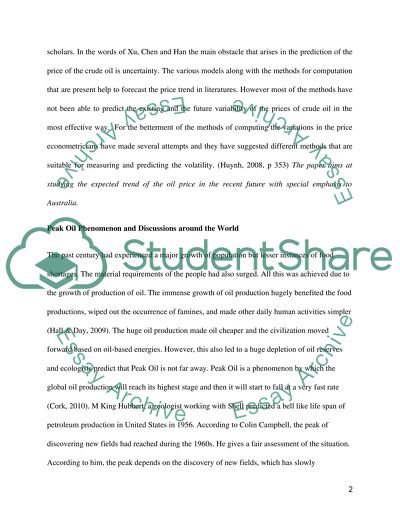Cite this document
(“Major Oil Isssues Essay Example | Topics and Well Written Essays - 4500 words”, n.d.)
Retrieved from https://studentshare.org/environmental-studies/1421047-major-oil-isssues
Retrieved from https://studentshare.org/environmental-studies/1421047-major-oil-isssues
(Major Oil Isssues Essay Example | Topics and Well Written Essays - 4500 Words)
https://studentshare.org/environmental-studies/1421047-major-oil-isssues.
https://studentshare.org/environmental-studies/1421047-major-oil-isssues.
“Major Oil Isssues Essay Example | Topics and Well Written Essays - 4500 Words”, n.d. https://studentshare.org/environmental-studies/1421047-major-oil-isssues.


